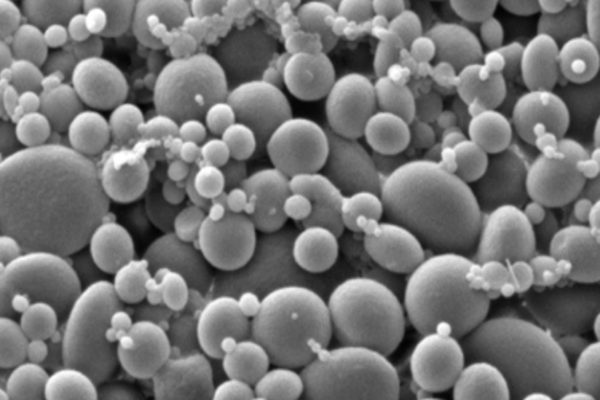Better than a pill
With a new $1.7 million award from the National Institutes of Health, a team from Washington University in St. Louis plans to develop a silk-based system to better alleviate the pain and discomfort of osteoarthritis.
Sandell receives Shands Award
Linda J. Sandell, PhD, the Mildred B. Simon Professor of Orthopaedic Surgery, received the Alfred R. Shands Jr., MD, Award at the Orthopaedic Research Society’s recent annual meeting in Las Vegas.
Physical therapy often just as good as surgery for knee problem
Either physical therapy or arthroscopic surgery can relieve pain and improve mobility in patients with a torn meniscus and arthritis in the knee, according to researchers from Washington University School of Medicine in St. Louis and six other centers. But the results are not simple because many of the patients assigned to physical therapy eventually had surgery.
Obesity, aging genes may play role in arthritis
Studying gene activity in tissue removed from injured knees, researchers at Washington University School of Medicine in St. Louis have found that genes related to obesity and aging may contribute to the development of osteoarthritis, the most common knee disorder and the most common disorder in all of the joints.
Genes that promote cartilage healing protect against arthritis
New research from Washington University School of Medicine in St. Louis shows that the same genes that promote healing after cartilage damage also appear to protect against osteoarthritis, a condition caused by years of wear-and-tear on the cartilage between joints. Although the research was conducted in mice, the genes are likely to be important in people, too.
Getting behind a break
Surgeons and rehabilitation specialists concentrate on the anatomical and mechanical aspects, but Linda Sandell, PhD, looks at the biology behind arthritis, broken bones and cartilage tears.The Mildred B. Simon Professor and director of research in the Department of Orthopaedic Surgery says there are a number of opportunities to apply biology to orthopaedic problems.

